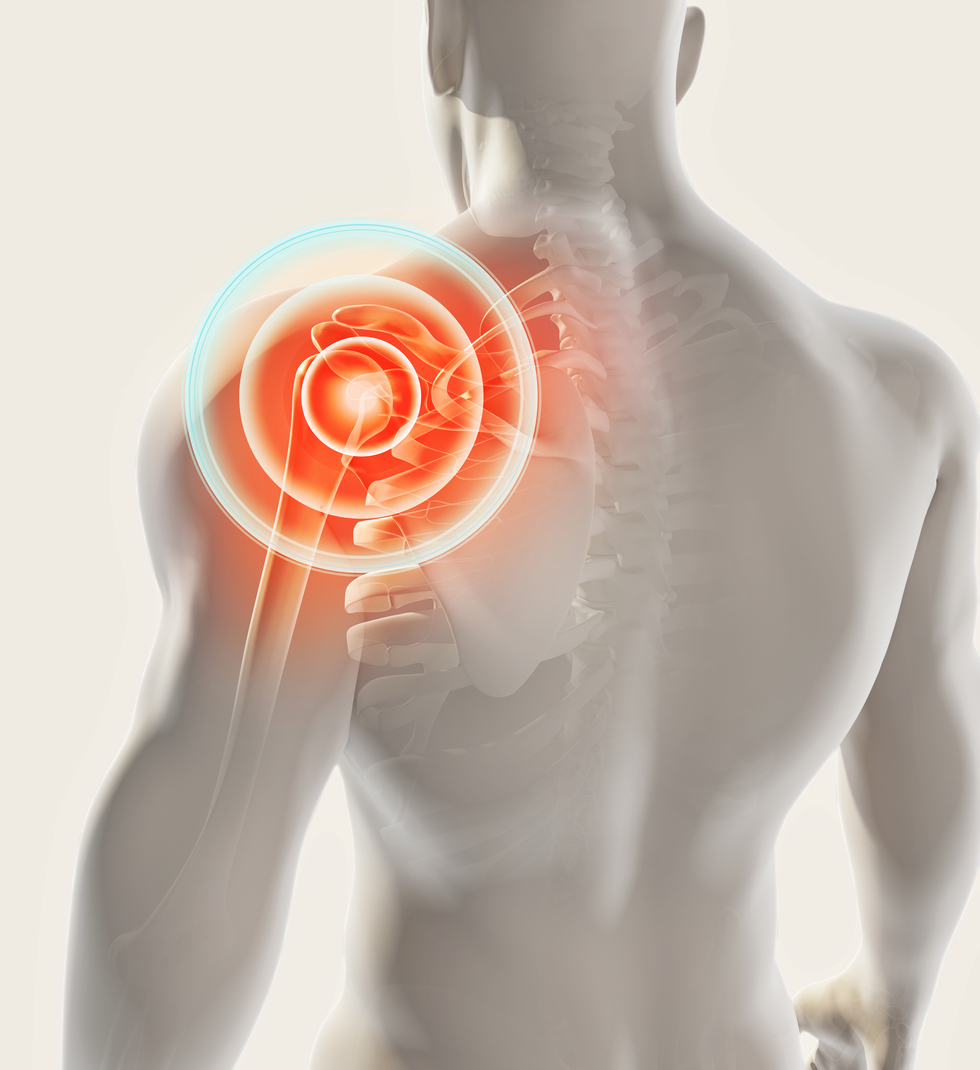Pain
What Is Avascular Necrosis?

Avascular necrosis is a medical condition that occurs when the blood supply to a bone is reduced or interrupted. Without an adequate supply of blood, the tissue in the bone dies. As a result, tiny breaks in the bone occur, which can lead to the eventual collapse of the bone. If avascular necrosis develops in a bone near a joint, the joint surface may also collapse. Although this condition can occur in any bone, it most often affects the ends of long bones, such as the end of the femur (where it connects to the hip). Avascular necrosis is also referred to as ischemic bone necrosis, aseptic necrosis and osteonecrosis.
Symptoms
Typically, there aren’t any symptoms in the early stages of avascular necrosis. Mild joint pain is usually the first symptom; however, as the condition progresses, the pain increases. Decreased range of motion in the joint may also be present.
Avascular necrosis most commonly affects the hip(s), shoulder(s), knee(s), hand(s) or ankle(s). When the hip is affected, pain may be felt in the groin, thigh or buttocks. The pain often worsens when standing or walking and improves with rest.
Risk factors
Risk factors for developing avascular necrosis include the following:
- Injuries, such as joint dislocation or bone fracture
- High-dose corticosteroid use
- Gaucher disease or caisson disease
- Excessive alcohol use, which causes fatty deposits to form in blood vessels
- Blood disorders, such as sickle cell anemia
- Long-term use of bisphosphonate-type medications
- Therapies for cancer, such as radiation or chemotherapy
- Organ transplantation
- Autoimmune diseases
- Cancer, such as leukemia and lymphoma
- Other conditions, including diabetes, pancreatitis and HIV/AIDS
For about 25 percent of people, the cause of avascular necrosis is not known.
Anyone can be affected by avascular necrosis, but it occurs most often in males between the ages of 40 and 50.

















